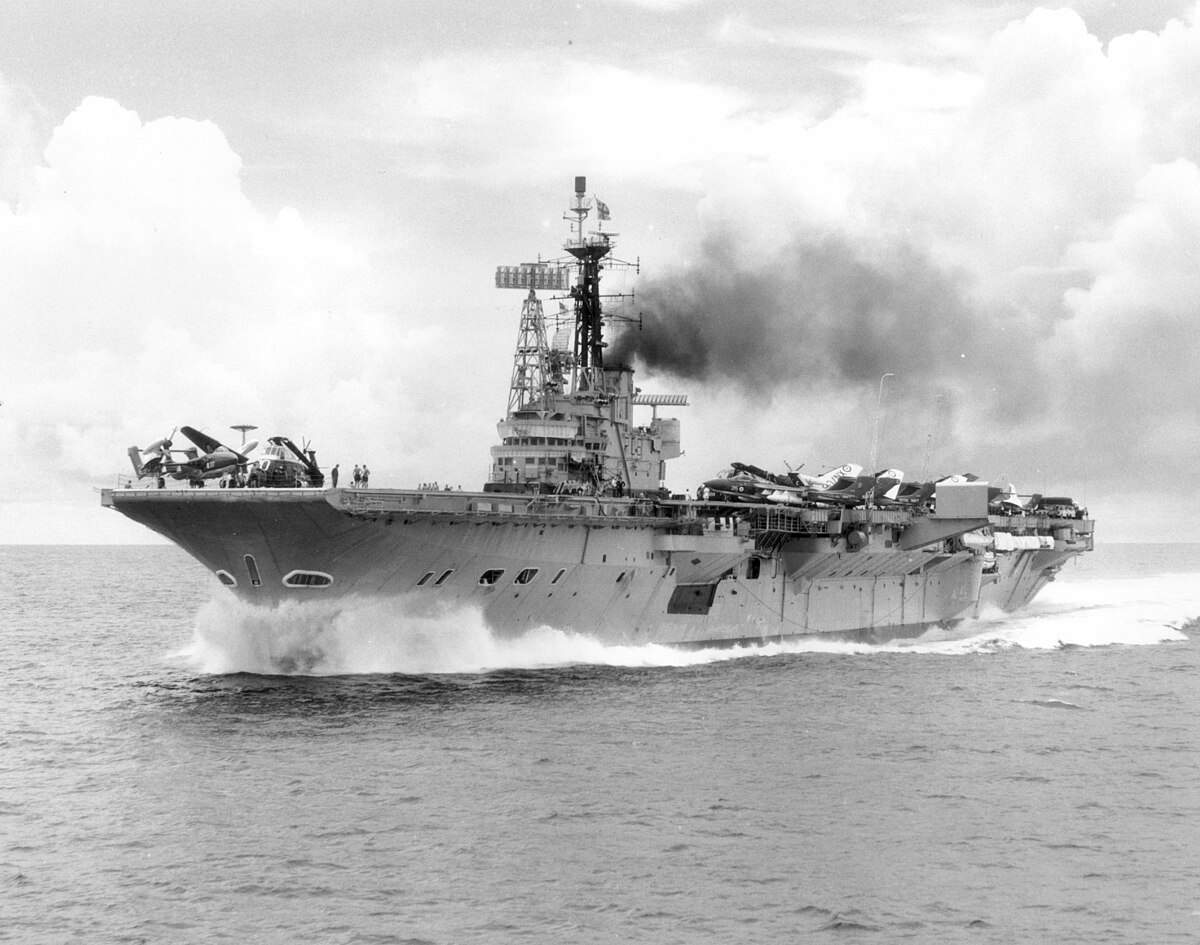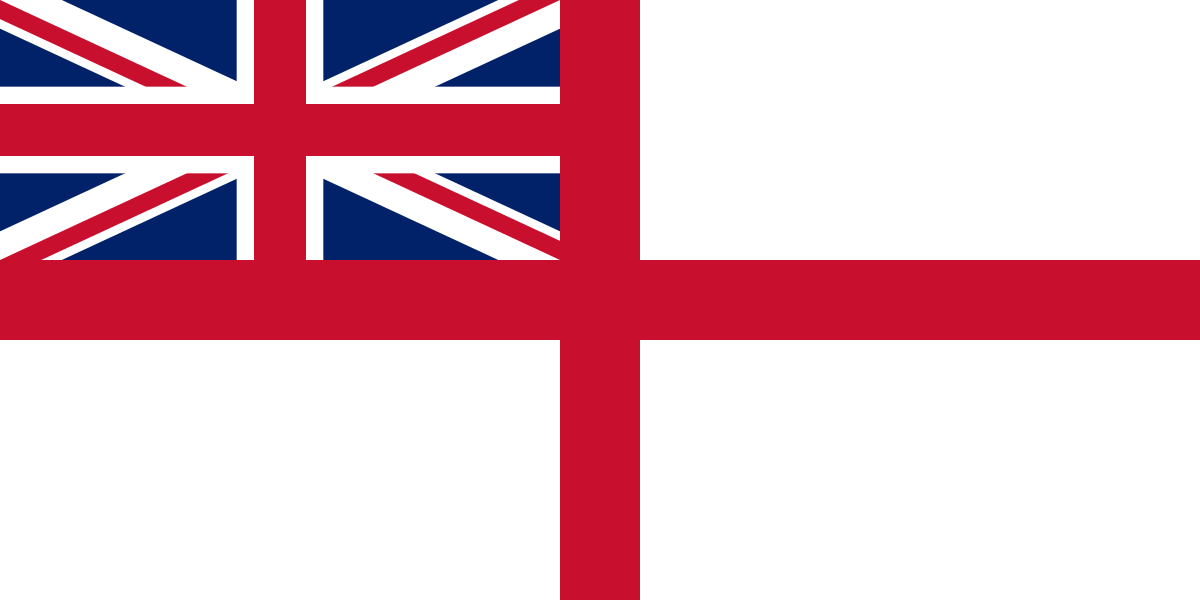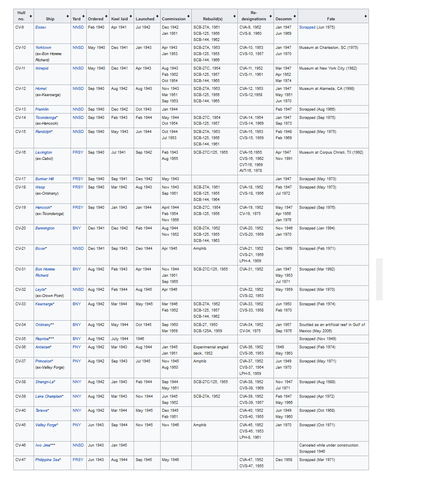The idea of an all Centaur fleet along Centaur lines is intriguing but I'm not sure how feasible it is.
Hermes did not commission until 1959 to the modified standard, so either her three sisters would have to be delayed in construction until 1959-61 or rebuilt during the early 1960s which would have cost a fair bit of money and most of them would have then been unavailable until the mid-1960s.
...
The Commando carriers were equally, if not more, strategically important. What would replace the historical Bulwark and Albion conversions? Retain a couple of Colossus class?
And they were laid down in 1944 ! Why waiting so long to put them into service, and how could they stay in construction for 15 freakkin' years, is beyond my understanding.
Finish them postwar, one every three years if needed, gradual introduction in the fleet. Scrap older ships or keep them as commando carriers you mention which are indeed important.
The small airgroup would be a concern too, 12x Sea Vixens and 7x Buccaneers each is a rather small airgroup and I'm not sure that it would have been particularly cost-effective.
Buccaneer and Sea Vixen are indeed large aircraft. Then again the Sea Vixen took nearly an entire decade to get into service and while excellent, subsonic in 1959 was DOA when Crusader was coming.
Buccaneer is outstanding, but keep it mostly with Eagle and Ark Royal. When Ark is scrapped, pass the birds either to the Centaurs or... to the RAF. C'est la vie. Buy smaller A-4 and later A-7 to boost the attack group. Foch and Clemenceau never got the luxury of Buccs class attack aircraft.
It makes the Sea Vixen replacement even more thorny, does it saddle the FAA and RAF with the potential hot potato P.1154? Do they try and go it alone with Jaguar M when Dassault throws it out of the pram?
2-seat Crusader with Spey in a more viable option and can happen as early as 1962-63. Either the French Navy (and SNECMA) jump into that bandwagon, or the RN will go alone.
They would still be rather dated and need replacing by the 1980s, finding engineering crews for steam turbines gets steadily harder, the material condition would have deteriorated and they lacked decent enough command and control facilities and radars (Hermes in 1982 still had 1950s radars).
Fair enough. Turbine, we can't do anything about this. Radars can be upgraded, if Centaurs are the main game in town in the 60's (screw you, CVA-01 debacle).
(Before anyone points out again Hermes lasted until 2016, how many times did she actually put to sea in the last 20 years of her life?)
I understand, the Indian Navy is no RN and so old Hermes got a very quiet end of life. Same as Foch with Brazil, didn't do much.
Can't see Thatcher's government shelling out too many readies to build a couple of fleet carriers but there might have been no choice.
A lot will depend from HMS Eagle fate. Without CVA-01 and Ark Royal in the way, using the later for spares a proper upgrade can be done in the late 60's to extend Eagle well into the 80's.
The deal is to gradually deflate the Centaur fleet after 1975, starting from four ships this leave some ample margin to the end of cold War. With perfect hindsight of course ! Yet if the Harrier still happens, Centaurs can have a kind of "new life" as "super Invicibles" (which doesn't exist ITTL either, or only as helicopter carriers, HMS Ocean style).
A mix of Crusader, Harrier, and either A-4 or A-7, is a powerful air group well into the 80's. Just ask the Midway carriers that were too small for Hornets and Tomcats, although they had Phantoms, admittedly.
-----
I know that my atempt is not very well connected to the political and economic capabilities of 1950-1990 GB, which were dreadful at times. It is rather an atempt at rationalizing the largest fleet and the most capable ships in the RN carrier fleet. The older hulls like Victorious, oh please, forget that. Or turn them into commando carriers, NOT the larger and better Centaurs.
And please rationalize fate of the two largest and most capable ships, Eagle and Ark Royal. The former was better than the later clunker, yet guess what happened in 1970-72 ? Ark Royal was allowed to agonize until 1978 when Eagle far better shape screamed for another upgrade. The siliness of the decision is criminally short sighted, those whitehall politicians should have been hanged by their testicles (although I'm not even sure they actually had any balls at all).

en.wikipedia.org
Past 1950 Majestic and Colossus are good for nothing, in the jet age they are toast. Well, sell truckloads of them to whatever navy is interested, and use the money to modernize the other carriers, damn it. Not THAT complicated, for frack sake.
And then there is the case of the 4 Illustrious and 2 Implacables. Let's examine the case of these six ships. that the two older Illustrious were worn out by their war service, OK. That leave the last two Illustrious (Victorious among them) and the two more capable and more recent Implacables.
and guess what does the RN do in the 50's ? Of the four aforementionned, they bet all the money into a huge modernization of... one of the two Illustrious, and the plan goes so bad, the two more modern and capable Implacables are left out in the cold. And the other Illustrious, too, but that's not a waste, overall, Ilustrious were too old. But wasting the two Implacables like this ??!!! THIS IS CRIMINALLY STUPID.
Ok, then you want Commando carriers ? Well, then use the surviving, least worn out of the Illustrious (2 out of 4) and add the Implacables (2) on top of them.
Bam, 4 commando carriers, and no dumbass Victorious upgrade lasting a decade and sucking all the carrier money into a black hole. For the cost of that lone siliness, plus the Tiger cruiser complete waste of money, intelligent things could be done instead of throwing truckloads of Pounds Sterlings into the sea, with big led ballasts to ensure Whitehall will be furious for the next two decades.
Soooo... let's say that by 1960, the RN carrier fleet is something like
- 4 commando carriers - two Implacables and two Illustrious
- 4 Centaur medium attack carriers
- 2 Audacious class
Everything else, is gone. BASTA !!!
Theng radually deflate that fleet according to the harsh realities of the 60's - 70's. The old Illustrious goes first, then Ark Royal. then gradually deflate the Centaur fleet.



